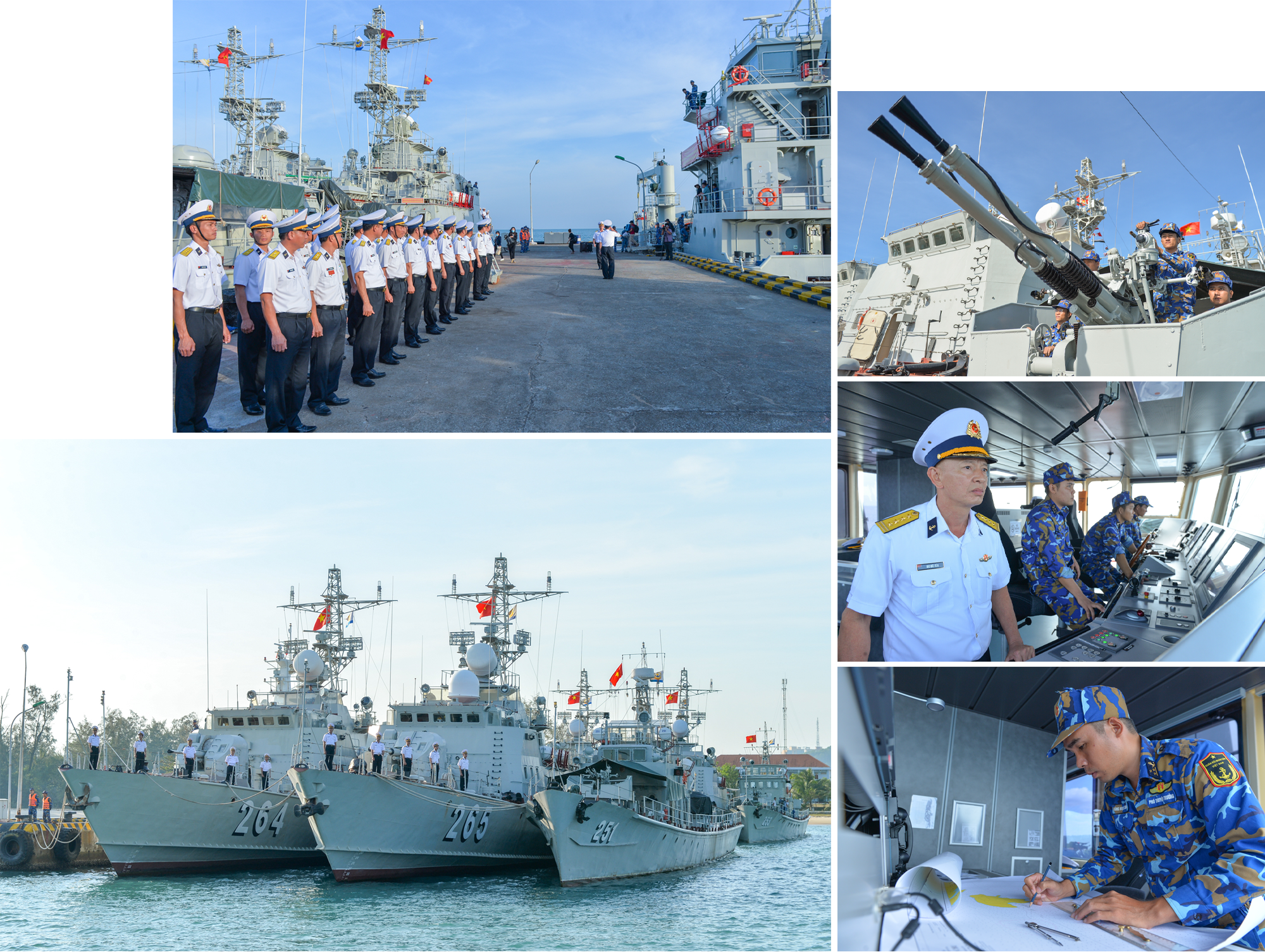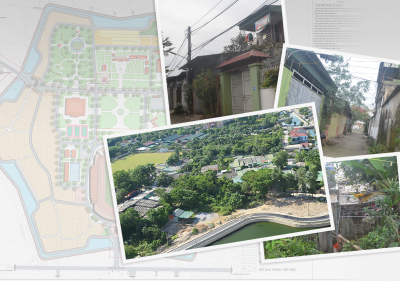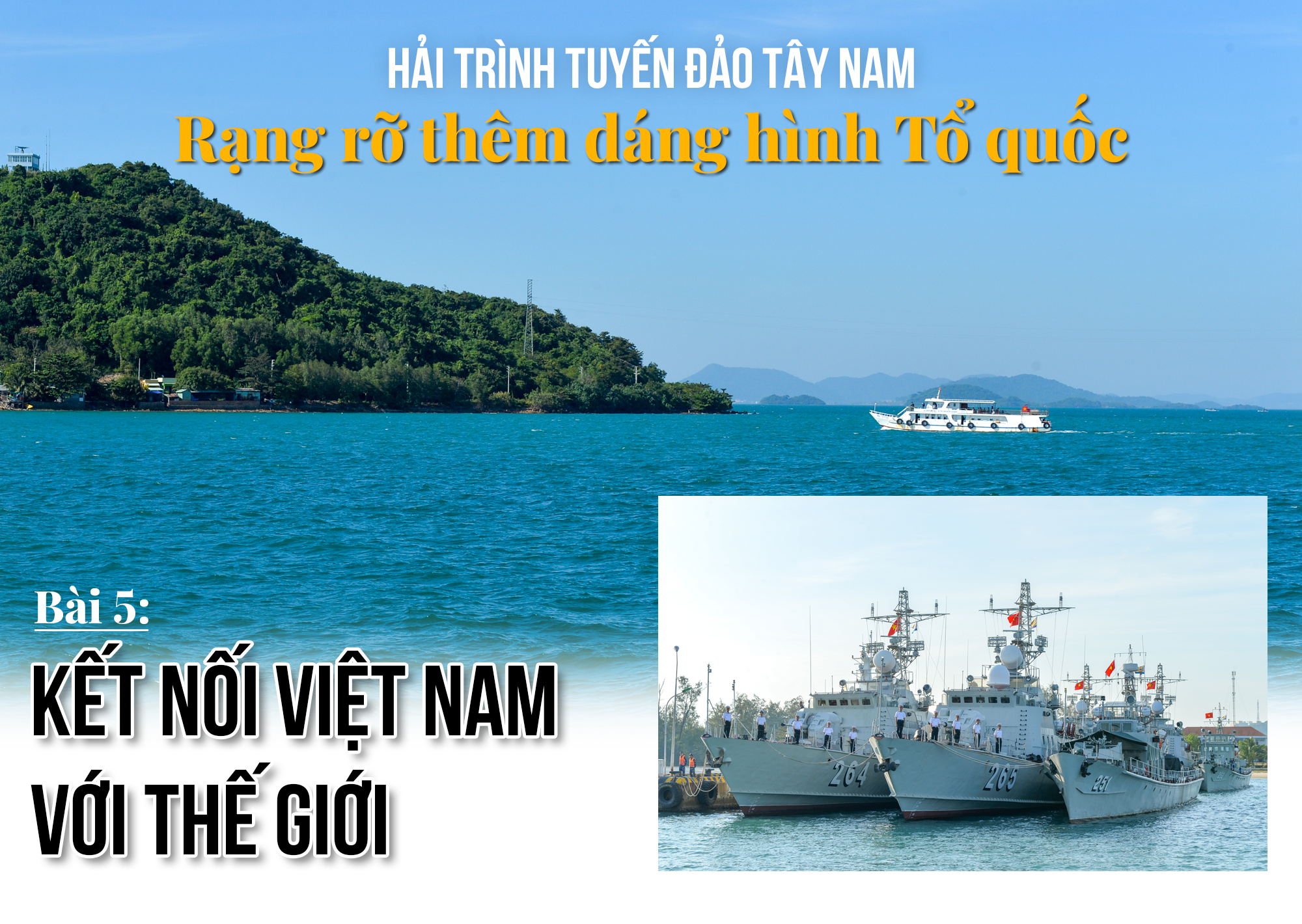


The Southwestern sea has maritime borders with the following countries: Cambodia, Thailand, Malaysia, Indonesia, with a sea surface area of 150km2.2, has more than 130 large and small islands belonging to 5 archipelagos: An Thoi, Hai Tac, Ba Lua, Nam Du and Tho Chu. With a geopolitical area of special importance, the new development trend has opened up great prospects for the Southwest sea and islands to simultaneously perform two tasks: firmly protecting the Fatherland's fence and sustainably developing the marine economy.
This was clearly stated by the Party Central Committee in Resolution No. 36-NQ/TW dated October 22, 2018: “Vietnam must become a strong maritime nation, rich from the sea, with sustainable development, prosperity, security and safety; sustainable development of the marine economy is closely linked to ensuring national defense and security, maintaining independence, sovereignty and territorial integrity, strengthening foreign affairs and international cooperation on the sea, contributing to maintaining a peaceful and stable environment for development. Sustainable development of Vietnam's marine economy is the responsibility of the entire political system, the right and obligation of all organizations, enterprises and Vietnamese people”.

Regarding the Southwestern sea and island areas, the Resolution emphasizes: “Southwestern sea and coastal areas (Tien Giang - Ca Mau - Kien Giang): Focus on building and developing Phu Quoc into a strong international marine eco-tourism and service center; developing gas industry, gas processing, gas electricity, renewable energy, aquaculture, seafood exploitation, logistics services, fisheries infrastructure; connecting with major economic centers in the region and the world”.
In fact, in recent years, with the trend of integration and development, countries around the world have chosen the marine economy to focus on investment and development. That context has opened up more opportunities for the Southwest Sea. This has become the most vibrant maritime route in the region and in the world. According to statistics, 3/4 of the volume of goods transported by sea passes through this area. In the future, if the Kra Canal is formed, connecting the Gulf of Thailand with the Indian Ocean, the Southwest Sea of Vietnam will become a buffer zone and a new corridor system connecting maritime activities between the East Sea - Pacific Ocean - Indian Ocean.
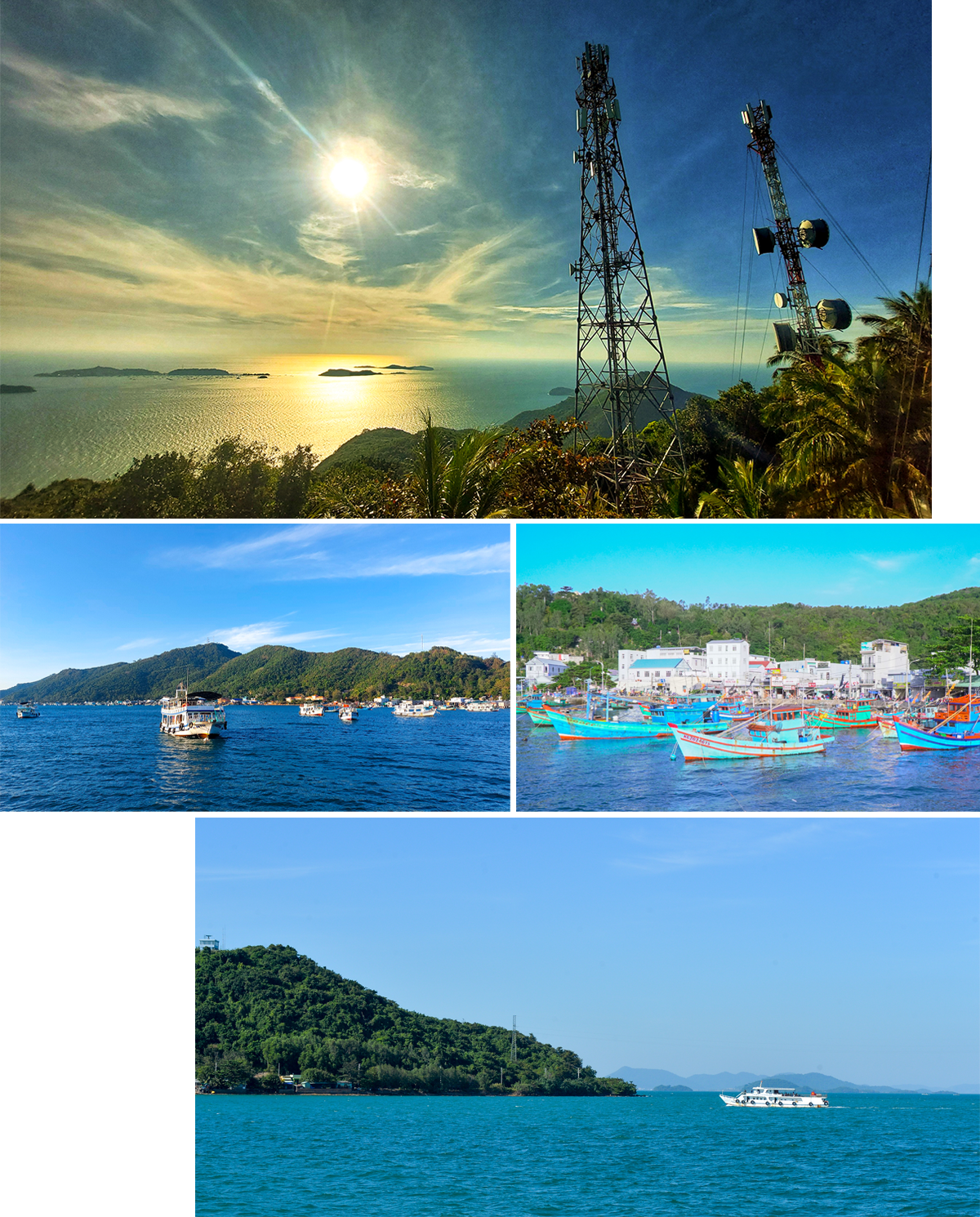
And it is no coincidence that our Party and State, through Resolution No. 36, determined: "Focus on building and developing Phu Quoc into a strong international center for marine eco-tourism and services." This is an opportunity that could not be better for Vietnam to continue to open the door to economic cooperation and exchange from the Southwest region. At that time, islands and island clusters such as Doi Moi, Hon Chuoi, Hon Doc, Tho Chu, Nam Du, An Thoi will be able to be built into centers for maritime logistics, logistics, fisheries, services, tourism, etc.
Along with protecting territorial waters, sovereignty over islands, continental shelves, etc. in the Southwest sea and islands, the Central Government's policy is to build Ca Mau city (Ca Mau province) and Rach Gia city (Kien Giang province) into strong maritime economic centers of the country, worthy of being urban areas in the key economic region of the Mekong Delta region.

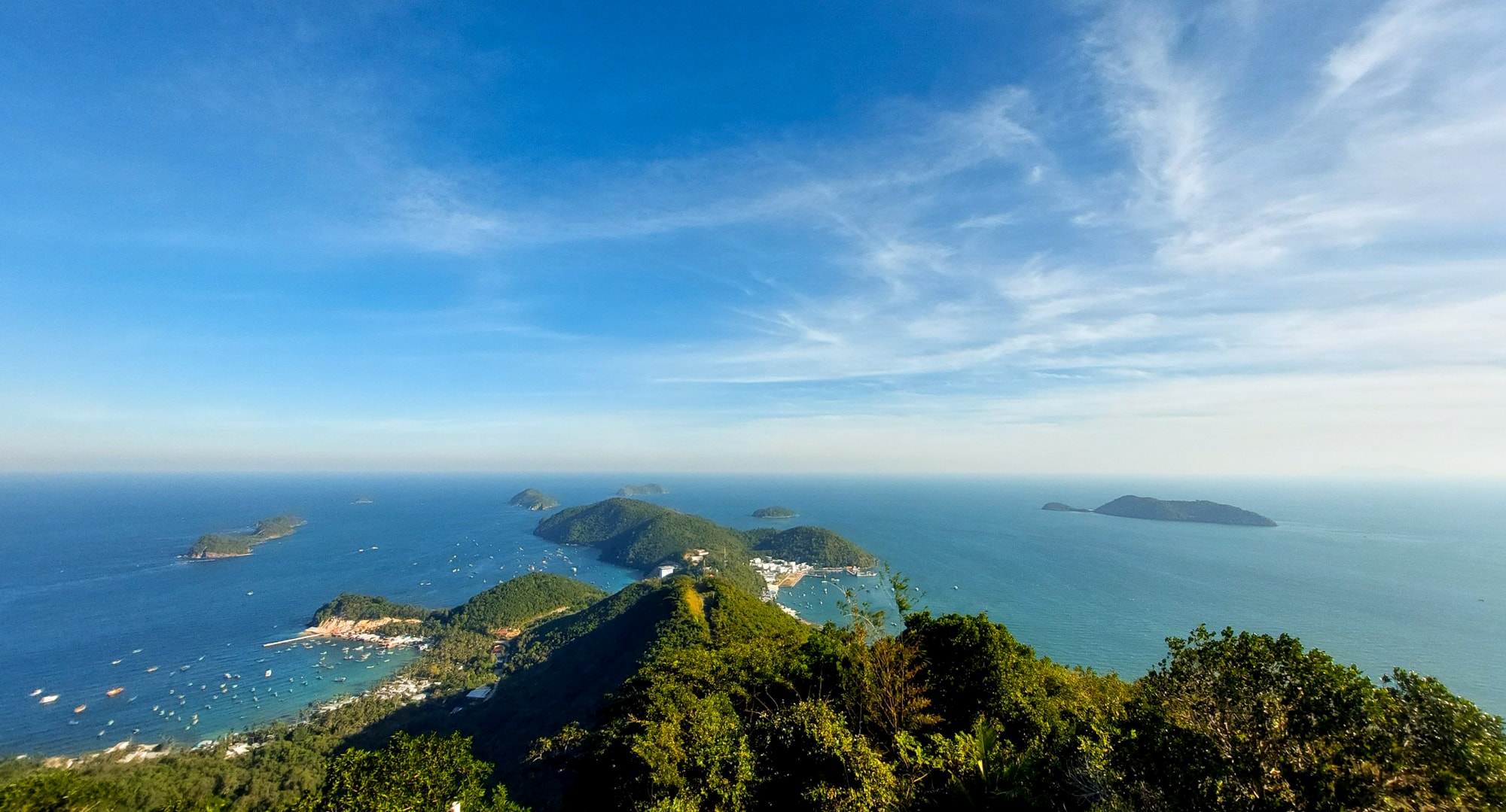

On the journey from the Southwest islands back to the mainland, I noticed a man around 50 years old often standing pensively on the deck of the ship looking towards the island. Surprisingly, he was a fellow countryman. He was Major Nguyen Van Thuy, from Hong Long commune, Nam Dan district, Nghe An province. When asked, he said he was a military medical officer at the Military-Civilian Medical Clinic, Regiment 152, Military Region 9 stationed on Tho Chu island. To me, Major Nguyen Van Thuy is also a special person. He has worked in the Navy Region 5 for nearly 30 years, and for that same amount of time he has been attached to the Southwest sea and islands. He considers this sea, this sky, this island as a part of his life.
“Since childhood, I have been passionate about poems and articles about the sea and islands of my homeland. Growing up, joining the army, and being able to work on the outpost islands, it is an honor and pride for me to have contributed a little of my strength to protect my homeland’s sea and islands” – Major Nguyen Van Thuy shared.

This train will take him back to his hometown Nam Dan to celebrate Tet. There, his family, wife and children are waiting for him. It has been 12 years since he has celebrated Spring with his family. When he left his hometown that year, his son was in 8th grade and his daughter was in 1st grade. Now they are very grown up, his son is a senior student at Hue University of Medicine, his daughter is an 18-year-old girl. He is happy because his son is following his father's career and his daughter is well-behaved. He could not hide his anticipation and excitement during the entire voyage to shore. Major Nguyen Van Thuy also said that this year's Tet is the last Tet he will be in the army. He will retire and officially return to the mainland. After more than 30 years of dedication and work on the sea route and islands in the Southwest of the Fatherland, he and his teammates have a deep understanding of the life, activities, hardships and sacrifices of marine soldiers. The last thing he wanted to do was to bring a handful of soil from his hometown of Kim Lien, Nam Dan to the island.
“My house is in Hong Long commune, very close to Kim Lien commune. This Tet, I will visit Uncle Ho’s hometown. I want to take a handful of soil from Kim Lien to Tho Chu island and put it in the temple to worship Uncle Ho there, so that the remote island will always have Uncle Ho and his homeland” – Major Nguyen Van Thuy said emotionally before we said goodbye.
